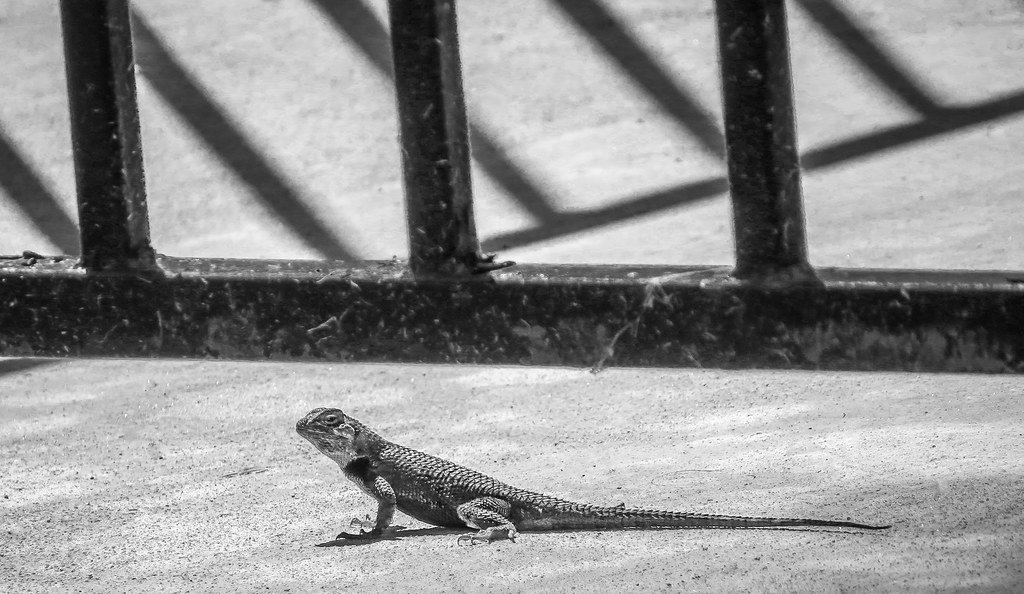Climate change is often discussed in the context of melting ice caps, rising sea levels, and extreme weather, but one of its less visible impacts is its effect on evolutionary processes within the animal kingdom. As temperatures rise and habitats shift, animals are under unprecedented pressure to adapt, resulting in accelerated evolutionary changes. This fascinating dynamic is reshaping how species interact, survive, and thrive in a rapidly changing world. This article delves into the ways climate change is driving evolutionary changes in animals, highlighting the resilience and adaptability of life on Earth.
Adapting to Rising Temperatures

As global temperatures continue to rise, many animal species are facing harsh conditions that require rapid adaptation. For example, some species of lizards are developing physiological changes to cope with heat stress. Studies have shown that certain lizards are evolving to be more heat-tolerant, a dire necessity for survival as their natural habitats become increasingly inhospitable.
Shifting Habitats and Migration Patterns

Climate change is altering landscapes, forcing animals to migrate, often over long distances, to find suitable living conditions. Birds, for instance, are changing their migratory routes and timing in response to changing climates. Earlier springs and delayed winters have caused significant shifts in bird migration patterns, influencing food availability and breeding times.
Genetic Adaptations and Evolutionary Push

Rapid environmental changes are exerting an evolutionary push, encouraging the development of genetic adaptations at a faster pace than seen historically. Some fish species, like the Atlantic killifish, exhibit genetic changes that enable them to survive in polluted waters—a necessity as oceans become impacted by climate change.
Impact on Reproductive Strategies

Many animals are adjusting their reproductive strategies to survive in changing environments. For instance, some amphibians are altering their breeding cycles to synchronize with shifting weather patterns. These changes can increase the chances of survival for their offspring in unstable climates.
Evolution of Camouflage and Defense Mechanisms

As landscapes change, so do the predators and threats that animals face. Many species are evolving new and improved camouflage or defense mechanisms. Moths and butterflies, for example, are changing their color patterns to better adapt to altered environments, enhancing their chances of evading predators.
Behavioural Changes in Response to New Challenges

Animals are also demonstrating remarkable behavior changes in response to climate-induced challenges. Some species of fish have been observed to develop nocturnal habits to escape increased daytime heat and predation, showcasing behavioral flexibility as a response to climate changes.
Microevolution: Small Changes with Big Impacts

Microevolution—small-scale evolutionary changes—are occurring within short timescales in response to climate change. For example, the size of bird wings has been observed to change slightly to enhance flight endurance during migration, an adaptation driven by the need to travel longer distances to find suitable habitats.
Ecosystem Impacts: Chains of Evolutionary Change

The effects of climate change on one species can create a domino effect throughout an ecosystem. When keystone species adapt or relocate due to climate pressures, it can lead to further evolutionary changes among other species, shifting entire ecological networks.
Invasive Species and Evolutionary Pressure

Warmer climates can encourage the spread of invasive species, creating new competition for native animals. This increased competition pressures native species to evolve quickly either to compete for resources or adapt to the presence of new predators or competitors.
Rapid Evolution: The Role of Natural Selection

Natural selection is acting at a faster rate, facilitating rapid evolutionary changes. Certain traits become more advantageous in a warming world, and species that can quickly adapt these traits are more likely to survive and pass them on to subsequent generations.
Symbiotic Relationships Under Stress

As environments change, so do the symbiotic relationships between species. For example, coral reefs and their symbiotic algae are being affected by ocean warming, leading to coral bleaching. These changes are putting pressure on both coral and algae to evolve rapidly to maintain their mutual benefits.
Conclusion: The Future of Evolution in a Changing Climate

Climate change is clearly acting as a catalyst for evolution in the animal kingdom. While some species face extinction, others are showing extraordinary resilience and adaptability. This rapid evolution highlights the dynamic nature of life and evolution on Earth. Understanding these changes better equips us to protect biodiversity and ecosystems in a warming world. The fate of many species depends on their ability to adapt, posing significant questions for conservationists on how best to support these natural processes.




